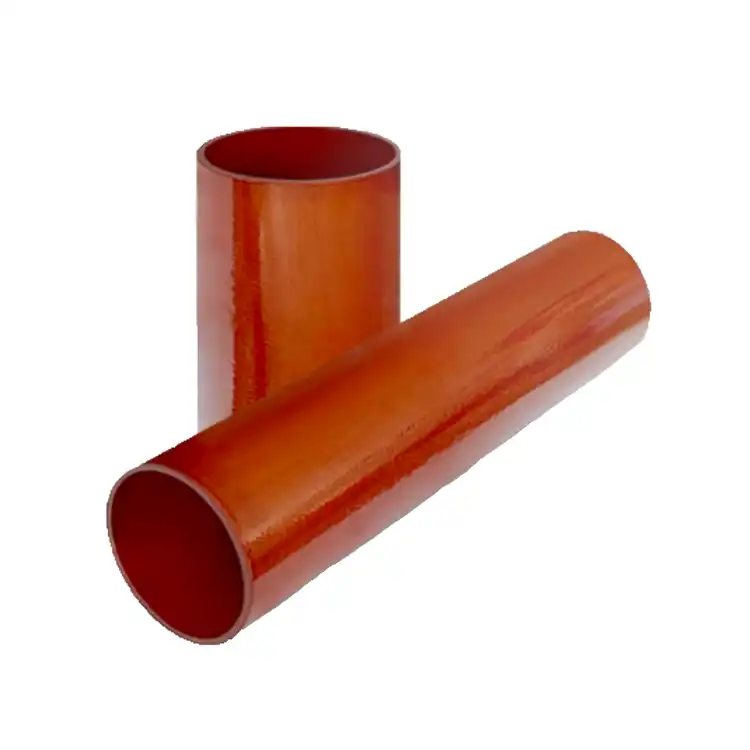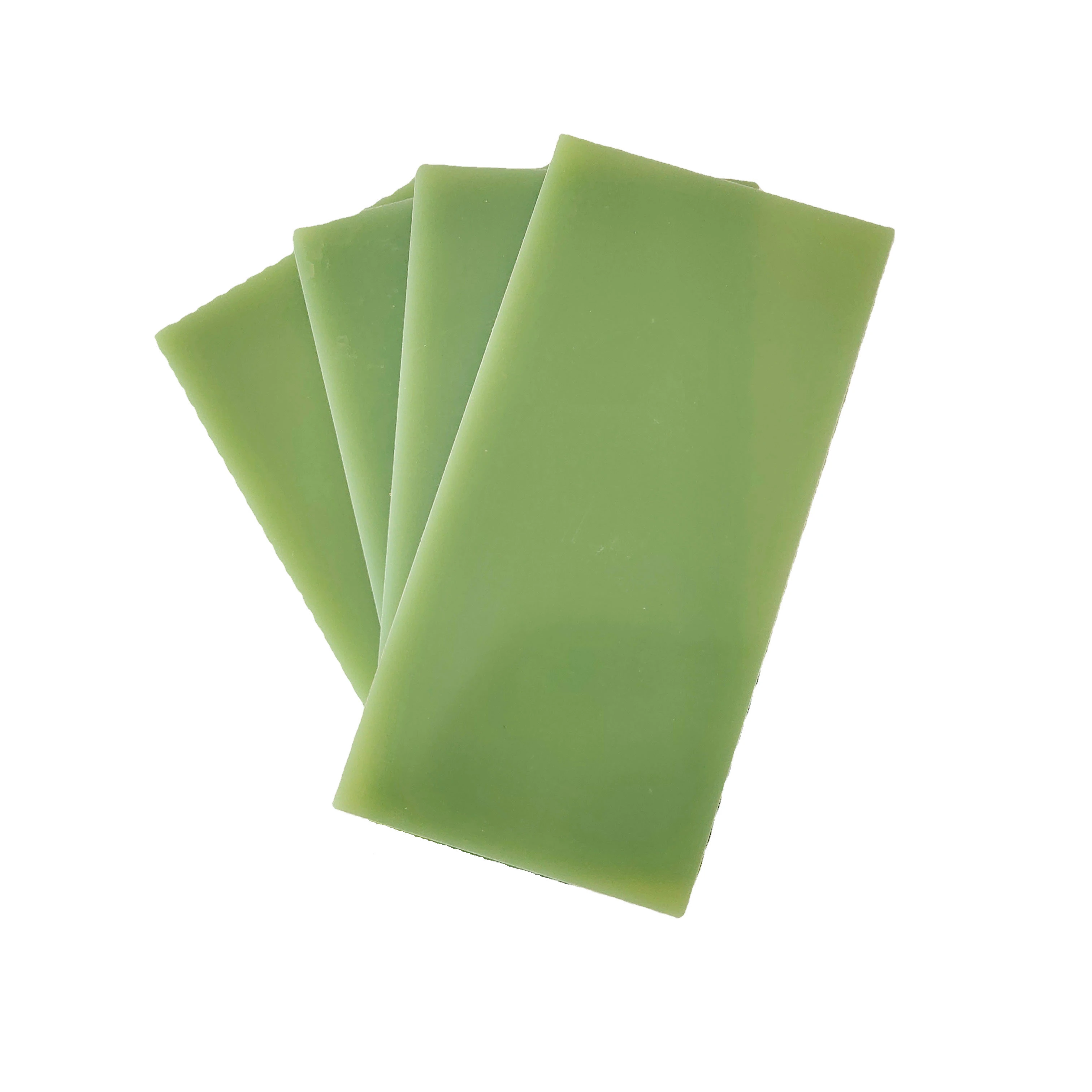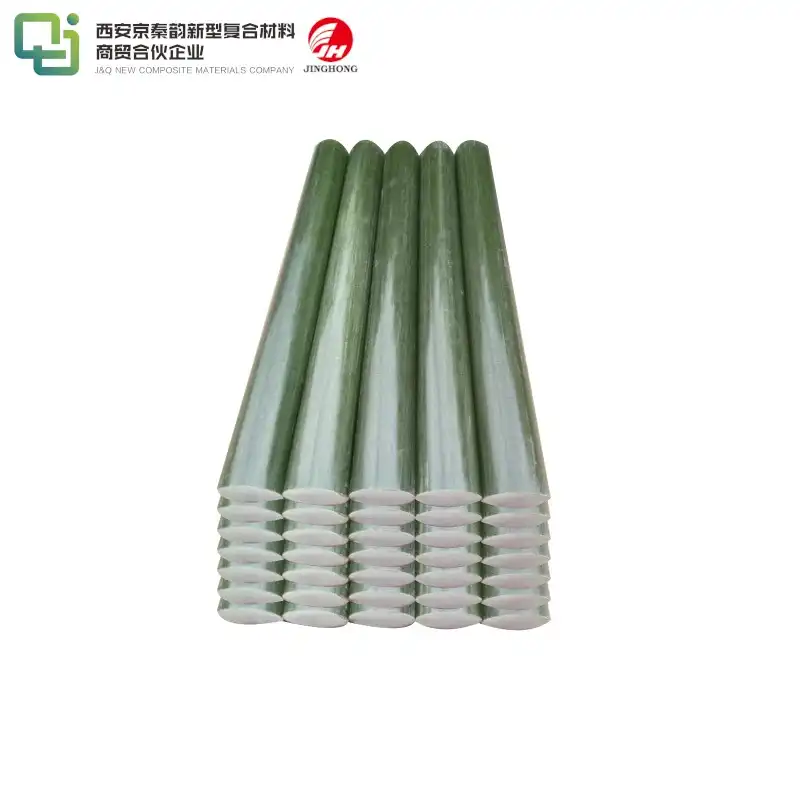How do you bond two Flame Resistance FR4 Fiber Glass Laminate Sheets together?
2024-06-14 13:40:50
Understanding Flame Resistance FR4 Fiber Glass Laminate Sheets
Flame Resistance FR4 Fiber Glass Laminate Sheets are commonly used in various industries due to their exceptional properties, including high mechanical strength, electrical insulation, and resistance to heat and chemicals. These sheets are composed of a fiberglass cloth impregnated with an epoxy resin, making them ideal for applications requiring durability and reliability in harsh environments. Given their importance in critical applications, it's crucial to understand how to properly bond two FR4 sheets together to ensure structural integrity and performance.
Importance of Proper Bonding Techniques
The bonding process plays a significant role in determining the overall strength and reliability of assemblies using FR4 sheets. Improper bonding can lead to delamination, reduced mechanical properties, and compromised performance, posing safety risks in applications such as electronic circuit boards, aerospace components, and automotive parts. Therefore, adopting appropriate bonding techniques is essential to achieve optimal results and meet stringent quality standards.
To achieve the best results, the bonding techniques for FR4 sheets must consider factors such as surface preparation, adhesive selection, and curing processes. Surface preparation is critical, as contaminants or irregularities on the bonding surfaces can hinder adhesive performance. Techniques such as plasma cleaning, abrasion, and chemical treatments are commonly employed to ensure clean and roughened surfaces that promote strong adhesion. Additionally, selecting the right adhesive is crucial; it must be compatible with both the FR4 material and the intended application environment, offering properties such as high temperature resistance, electrical insulation, and mechanical strength.
Curing processes also play a pivotal role in the effectiveness of the bond. Properly controlled curing conditions, including temperature, pressure, and time, ensure that the adhesive reaches its maximum potential strength and durability. For instance, in electronic circuit boards, precise thermal curing can prevent issues like voids and incomplete curing, which might otherwise lead to delamination or electrical failures. Similarly, in aerospace and automotive applications, where components are subjected to high stresses and varying environmental conditions, achieving a consistent and robust bond is vital for maintaining the integrity and safety of the assembly. By rigorously adhering to optimized bonding techniques, manufacturers can enhance the performance and reliability of FR4-based products, ensuring they meet stringent quality and safety standards.
Common Methods for Bonding FR4 Sheets
Several methods can be employed to bond two Flame Resistance FR4 Fiber Glass Laminate Sheets together effectively. These include adhesive bonding, mechanical fastening, and thermal fusion. Adhesive bonding involves the use of specialized epoxy adhesives formulated to adhere to FR4 surfaces, providing strong and durable bonds. Mechanical fastening techniques, such as screws or rivets, offer reliable connections but may require additional hardware and drilling, potentially compromising the integrity of the FR4 material. Thermal fusion methods, such as welding or soldering, rely on heat to melt the resin matrix and fuse the sheets together, offering seamless joints and excellent mechanical properties.

Factors to Consider for Successful Bonding
Achieving successful bonding of FR4 sheets requires careful consideration of various factors, including surface preparation, adhesive selection, curing conditions, and quality control measures. Proper surface preparation is critical to ensure optimal adhesion between the sheets, typically involving cleaning and roughening to remove contaminants and promote mechanical interlocking. Selecting the right adhesive is equally important, taking into account factors such as compatibility with FR4 materials, environmental conditions, and desired performance characteristics. Additionally, controlling curing conditions, such as temperature and pressure, helps optimize bond strength and reliability. Implementing robust quality control measures, including inspection and testing protocols, ensures adherence to specifications and standards, minimizing the risk of bonding failures and ensuring product quality and safety.
Ensuring Quality and Safety in Bonding FR4 Sheets
In conclusion, bonding Flame Resistance FR4 Fiber Glass Laminate Sheets requires careful attention to detail and adherence to best practices to ensure quality, reliability, and safety. By understanding the properties of FR4 materials, selecting appropriate bonding methods, and implementing robust quality control measures, manufacturers can achieve strong and durable bonds suitable for a wide range of applications. Investing in proper bonding techniques not only enhances product performance but also mitigates risks associated with bonding failures, ultimately contributing to the overall success and integrity of FR4-based assemblies.
Contact us: For professional manufacturing of Flame Resistance FR4 Fiber Glass Laminate Sheets and expert guidance on bonding techniques, contact us at info@jhd-material.com. As a GMP factory with a large inventory and complete certificates, we offer support for OEM requirements, fast delivery, tight packaging, and comprehensive testing services. Partner with us to benefit from our industry-leading expertise and attract global buyers seeking high-quality FR4 solutions.
References:
1. "Flame Resistant (FR) Epoxy Composite Laminates for Aerospace Applications" - NASA Technical Reports Server (NTRS)
2. "Adhesive Bonding of FR-4 Substrates: Effects of Surface Treatments" - Journal of Adhesion Science and Technology
3. "Thermal Conductivity Enhancement of Epoxy/Al2O3 Composites" - Materials Today: Proceedings
4. "Evaluation of Mechanical Properties of Glass/Epoxy Composites" - International Journal of Engineering Research & Technology (IJERT)
5. "Standard Specification for Epoxy-Resin-Base Bonding Systems for Concrete" - ASTM International




 拷贝.webp)


